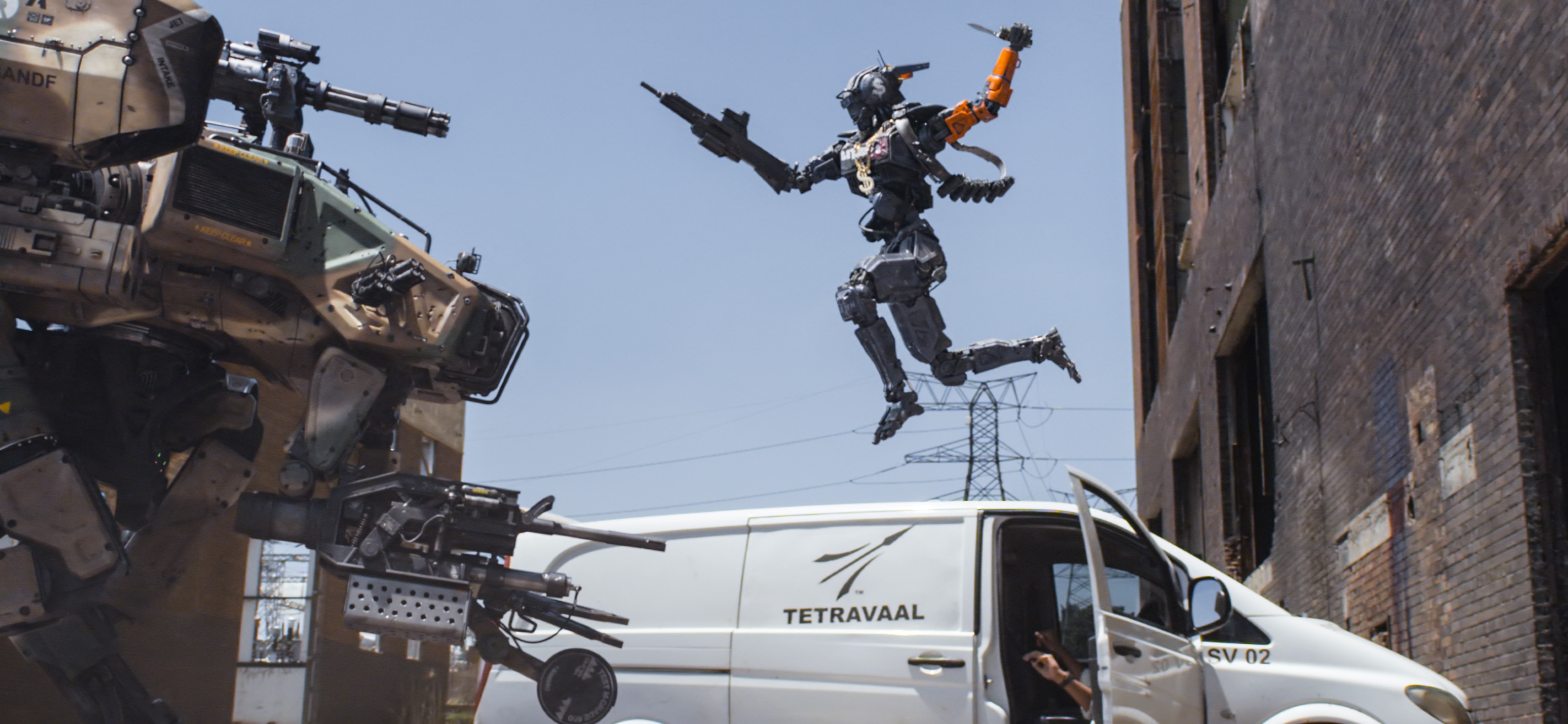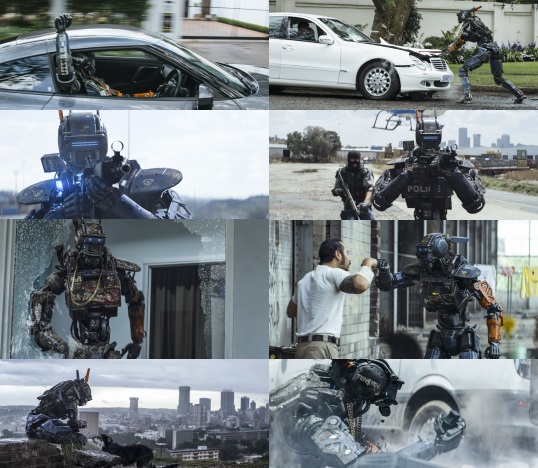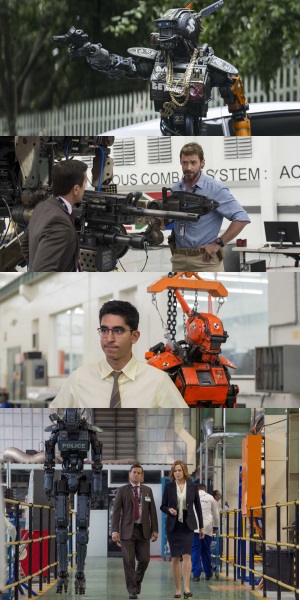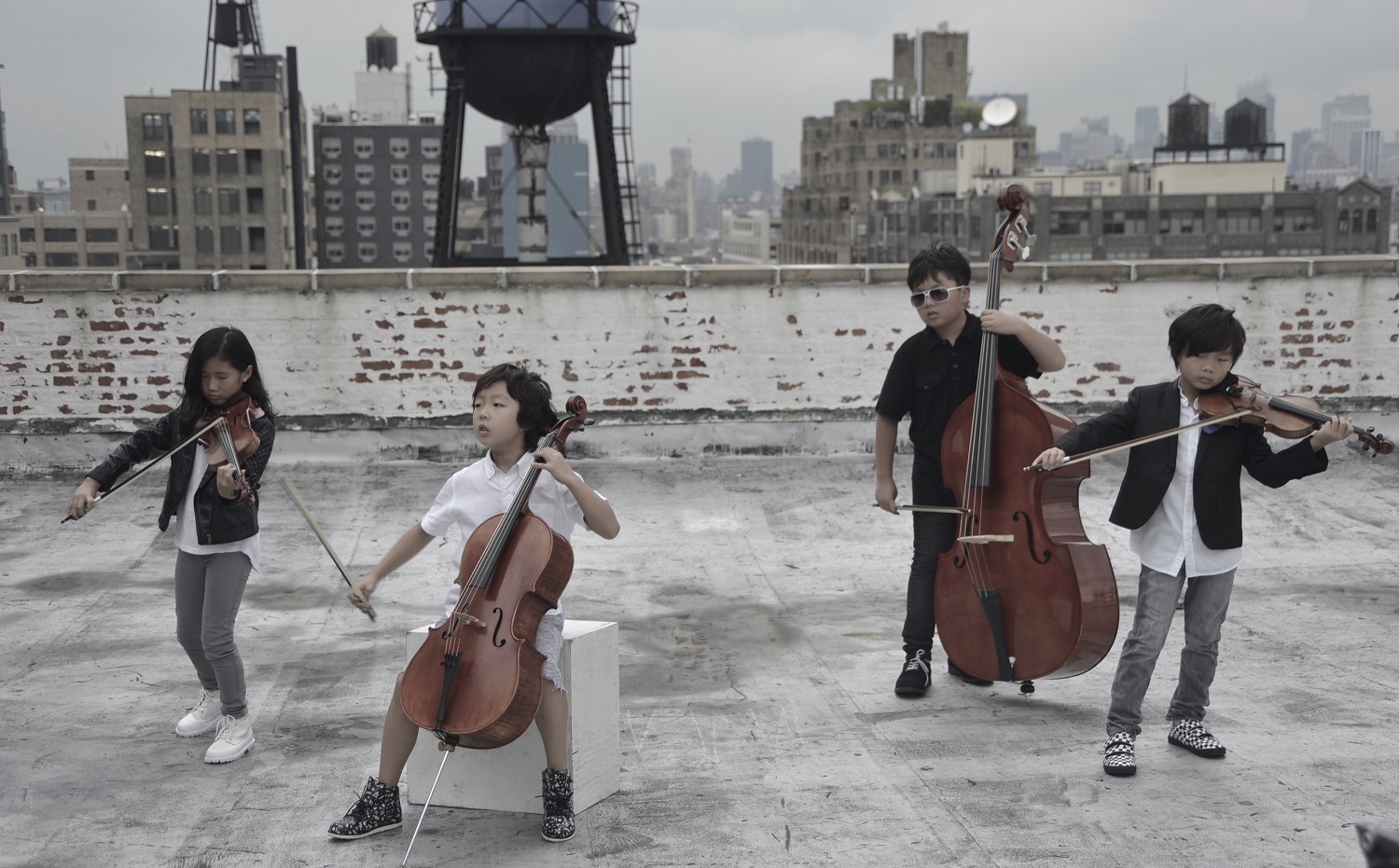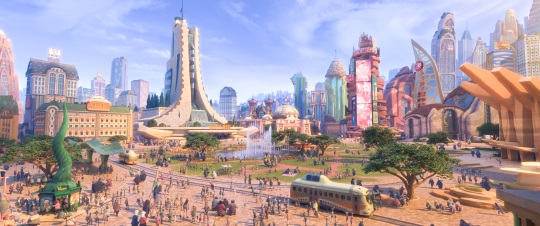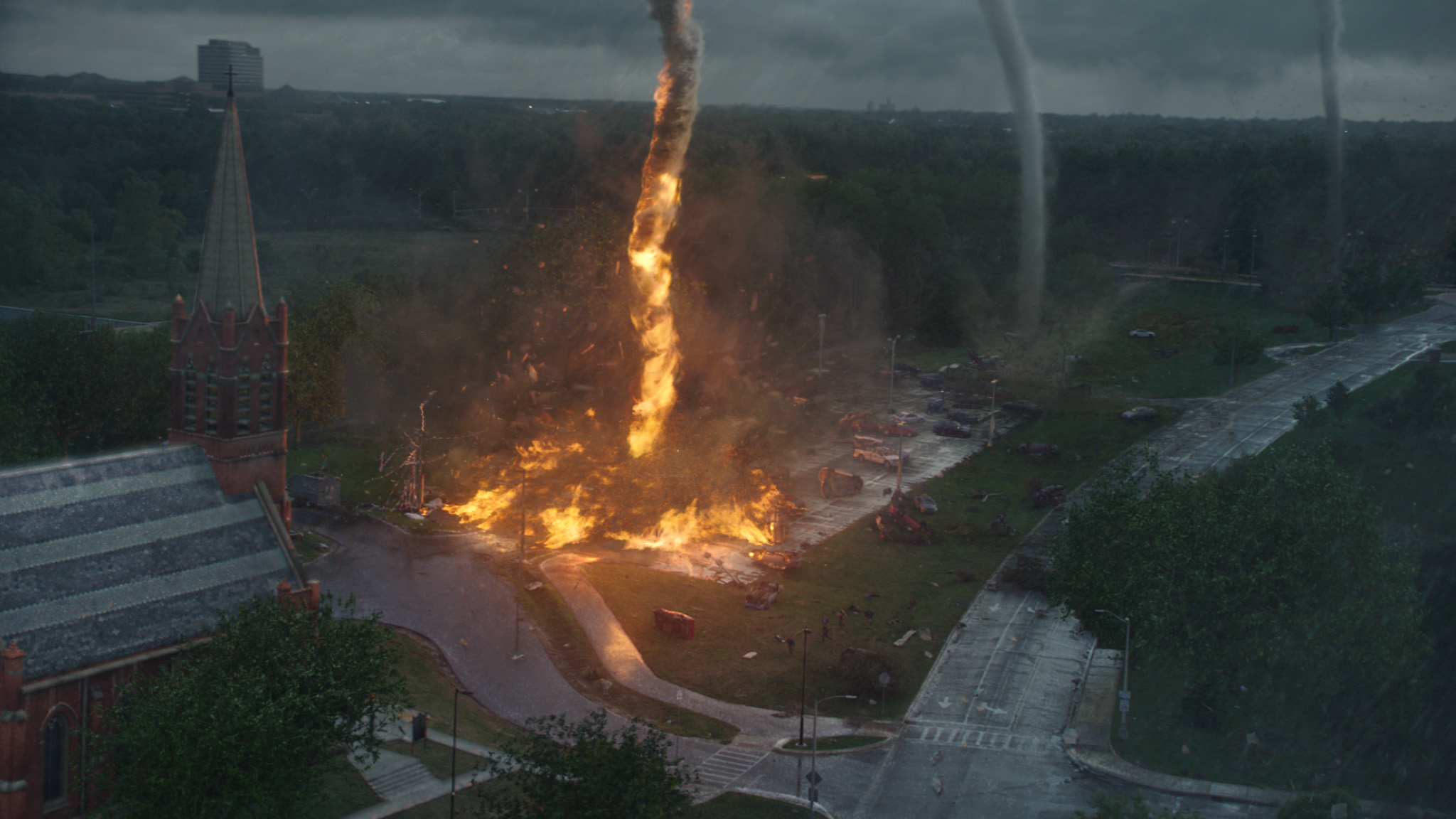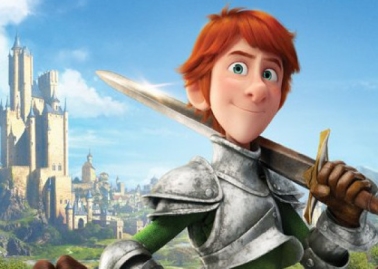Chappie Change the World Now
Director Neill Blomkamp follows the "D-9 shaped zone" and "Paradise 2154" doomsday another revolutionary fable, creating the first sci-fi action trilogy - Chappie. The film has been already released in the movie 2004 "Tetra Vaal" extends out of the story…
Artificial Intelligence of Chappie The lead role of Chappie, a Scout who is given consciousness by artificial intelligence, is played by Sharlto Copley. Copley performed the role on camera, performing in each scene opposite the other characters. Not only did this allow Chappie to feel like a very real and authentic character, but it helped the other actors to bring their characters out to the fullest. In post-production, Blomkamp worked with the wizards at the VFX facility Image Engine to bring Chappie to fruition, painting the robot Chappie over Copley’s performance and creating the robot from Copley’s movements. The way that Copley emoted in his scenes informed everything about the robot – from the way Chappie moves, or sits, or holds his head... even Chappie’s ears. In many films with CG characters, the filmmakers sometimes choose to film the scene with only the live-action actors as they perform against only a single point. That was never going to happen on Chappie. Sharlto’s performance is the thing that brings Chappie to life. He is so human and sad, touching and vulnerable. You feel it in his body language, voice, and everything takes its cue from Sharlto. The way the robot’s eyes move, the way its ears move, and certainly the way its body moves, all of that is dictated by Sharlto’s performance.
Creating Chappie & The Moose Blomkamp’s road to Chappie began more than 10 years ago. As a young director and visual effects artist, Blomkamp created a show reel of fake commercials that would show agents the kind of work he was capable of producing. He designed that robot in 2003 in Lightwave, which was influenced by a lot of Japanese influences and anime; but now, he wanted the genesis of the entire film to remain true to what it was – this bizarre, weird, fake commercial. He wanted Chappie to be very much like that robot. Blomkamp’s direction for the design of Chappie was to aim for reality. He wanted it to be real, and he didn’t want it to be over-the-top in its functionality, so laser beams will not pop out of nowhere. It had to be tough, but it also had to look like something a government could afford in a few years’ time. The design of the Moose as an overly large, over-engineered robot proposed as a supposed alternative to the robot police Scouts followed the same back-and-forth process, even if the approach of the design was completely opposite. It looks beautiful, and it looks like it would work – it looks like it would come to life and attack you. Blomkamp designed the Moose to be unrealistic. It’s satirical. It’s what a defense company does with extremely expensive, inefficient, giant, cumbersome mechanics that they can charge taxpayers a very high rate to do. It came up with the most brash, overdesigned, crazy concept. And they realized it in the same way that visual effects were realized in the 60s, 70s, and 80s: model makers would kit-bash things together out of pre-designed pieces of real-life technology, and that’s what he did, in the computer. From there, WETA Workshop and Image Engine refined it to the point that every toe joint and rotary device would actually be animatable, and WETA built a three-and-a-half-meter real version. Mechanical Cop For a police force of 110 Scouts, WETA Workshop built 11 practical dummies. They individualized them. They all have number plates, so we can swap out a number plate, or panels with different aging – they can show a Scout as brand-new or as five years old and needing maintenance. That’s one of the tools which used so that the audience could identify Chappie, Scout 22, and he’s had damage to an ear, which has been replaced by an orange test ear. It’s easy to follow that orange ear through the compound. As Chappie takes more damage through the film, the WETA Workshop team was able to change his look. There are three Chappie skeletons and eight sets of panels representing each stage. Once he’s got the damage to the chest, we removed external panels and replaced them with the next stage. He gets attacked, he gets burnt, he gets shot, shot some more, graffitied by Ninja and Yo-Landi, and on and on. A lot of work went into the physical development; the complication is that everything we shot on set with the dummy – the physical Chappie – had to relate back to the visual effects character and the continuity they had to follow, and we collaborated closely with Image Engine to identify each stage and go through a texture shooting process so that they could closely map each stage. The practical Moose model also required similar thought. “The model is functional from a set perspective – even though it’s so large, we could break it down and get it out of the set in 30 minutes. However, getting there, in the build of the practical model, was a complicated task. Neill wanted the Moose to be in a threatening forward position pose, which actually throws it off-balance. So, they put a lot of weight into the legs, allowing them to center all of that weight in that forward momentum stance. It weighs about a ton – about a ton of Moose. Despite coming from visual effects, Harvey says there are huge advantages to having practical models on the set – first being that the robot can actually appear on camera at times. In addition, the practical model can service as reference for the visual effects shot that will be added later. It gives a true visual representation of what it would look like if it had been there on that day.
About the Stunt For the stunt and action sequences, Blomkamp collaborated closely with stunt coordinator Grant Hulley, who served in a similar capacity on “District 9”. Neill comes up with his concepts for the fight and action sequences, and then allows us to run with it. Blomkamp’s background in visual effects was a huge addition to the film – and not because the director would rely on visual effects. Because the film contains so much action – helicopters, flipping cars, not to mention actors in suits who would be replaced with CG characters – the stunt team had the art department build mini-sets to scale to help plan the complicated sequences. A stunt double for an actor would be painted over by CG in the final film. Visual Effects keys off Sharlto and his movements – his character comes through with it. Our stunt double, Ian Stock, had to try to mimic Sharlto’s movements. It’s Sharlto’s character that we’re going to feel. In fact, finding stunt doubles for all of the characters was a challenge. Stunt doubles have to be roughly the same size as the actors they are doubling – and have a haircut and tattoos that match. The extreme haircuts on this show – Ninja, Yo-Landi, Yankie, Hippo – were a challenge in adding uncountable tattoos. Every morning, the stunt double had to have all of those tattoos put on. Synopsis Every child comes into the world full of promise, and none more so than Chappie: he is gifted, special, a prodigy. Like any child, Chappie will come under the influence of his surroundings – some good, some bad – and he will rely on his heart and soul to find his way in the world and become his own man. But there's one thing that makes Chappie different from anyone else: he is a robot, the first robot with the ability to think and feel for himself. His life, his story, will change the way the world looks at robots and humans forever.
Chappie Directed: Neill Blomkamp Produced: Neill Blomkamp, Simon Kinberg Screenplay: Neill Blomkamp, Terri Tatchell Cast: Sharlto Copley, Hugh Jackman, Sigourney Weaver, Dev Patel, Ninja and Yo-Landi Vi$$er, Jose Pablo Cantillo Genre: Action, Sci-fi Running Time: 120 mins Rating: IIB Language: English
|
|





